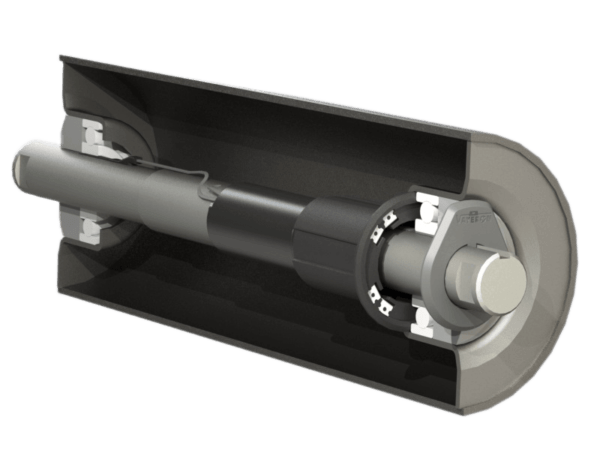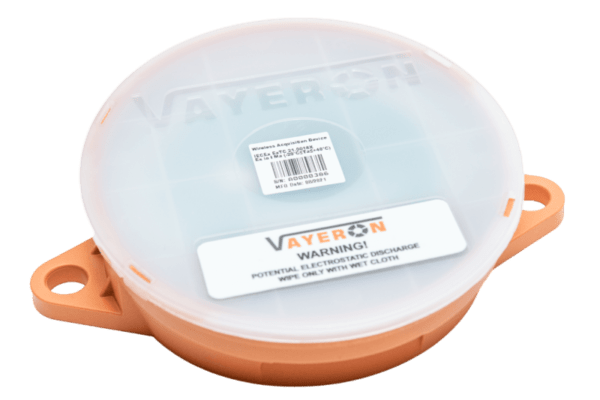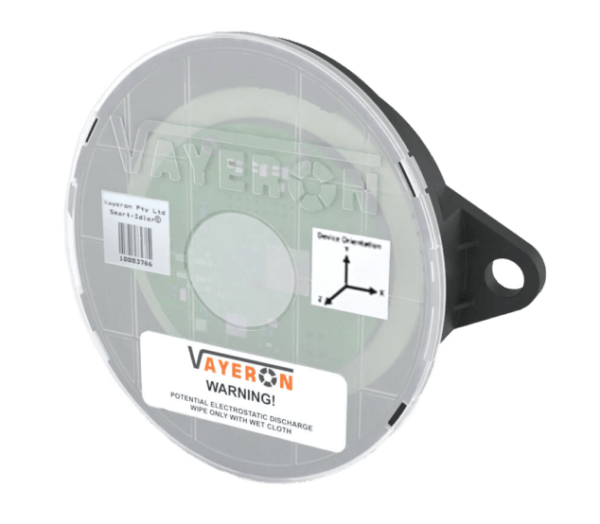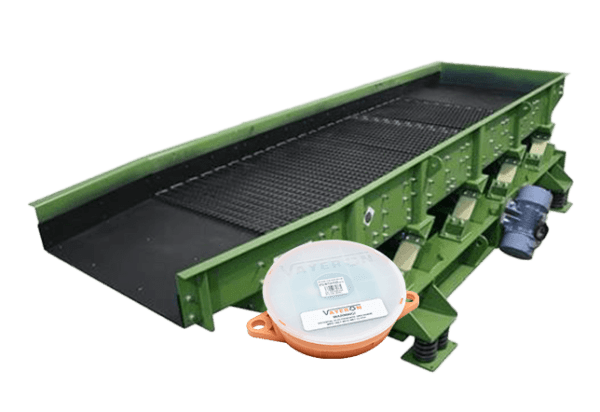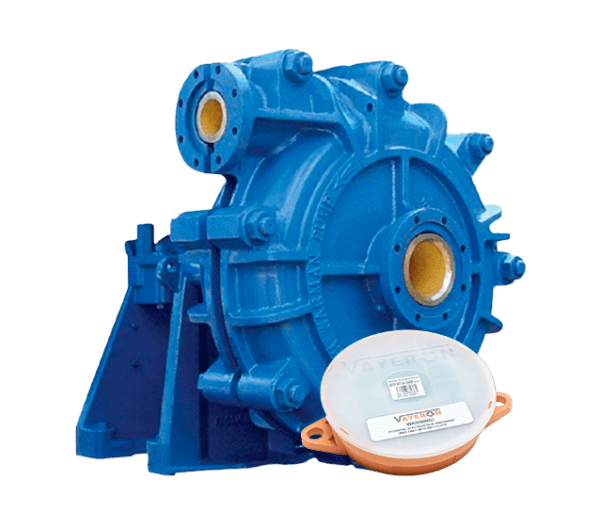Background
A mining company operates a SAG mill with the following operational metrics:
- Mill Capacity: 1500 tons per hour
- Average Revenue per Ton: $50
- Operational Hours: 24 hours/day
- Operational Days: 365 days/year
- Average Downtime due to Liner Failure: 8 hours
Costs of Liner Failure
- Lost Production per Hour: 1500 tons/hour * $50/ton = $75,000/hour
- Total Lost Production for 8 Hours: $75,000/hour * 8 hours = $600,000
In addition to the direct financial loss from production stoppage, there are indirect costs such as labour, maintenance, and potential damage to other mill components.
Introducing Mill Liner Wear Monitoring System
The Mill Liner Wear Monitoring System, costing $30,000, provides real-time monitoring of liner wear, allowing for predictive maintenance and timely replacement of liners before failure occurs.
Cost of the Mill Liner Wear Monitoring System:
- Initial Purchase: $30,000
Savings from Avoided Downtime:
- Estimated Number of Avoided Downtime Incidents per Year: 2
- Savings per Incident: $600,000
- Total Annual Savings: 2 * $600,000 = $1,200,000
Net Benefit:
- Annual Savings: $1,200,000
- Cost of 2Censor System: $30,000
- Net Annual Benefit: $1,200,000 – $30,000 = $1,170,000
Return on Investment (ROI):
- ROI = (Net Annual Benefit / Cost of System) * 100 = ($1,170,000 / $30,000) * 100 = 3900%

The Mill Liner Wear Monitoring System also offers intangible benefits:
- Enhanced Safety: Reducing the likelihood of sudden liner failures minimises the risk of injury to personnel.
- Improved Maintenance Planning: Predictive maintenance schedules can be better planned, reducing the strain on maintenance teams and improving overall mill efficiency.
- Extended Equipment Life: Timely replacement based on wear data extended the lifespan of mill liners, reducing replacement frequency.
The successful implementation of the system was facilitated by a strategic collaboration with a leading Mill Liner OEM. This partnership ensured the 2Censor Mill Liner Sensor System was integrated seamlessly into the mill’s infrastructure, maximising its effectiveness and reliability.

